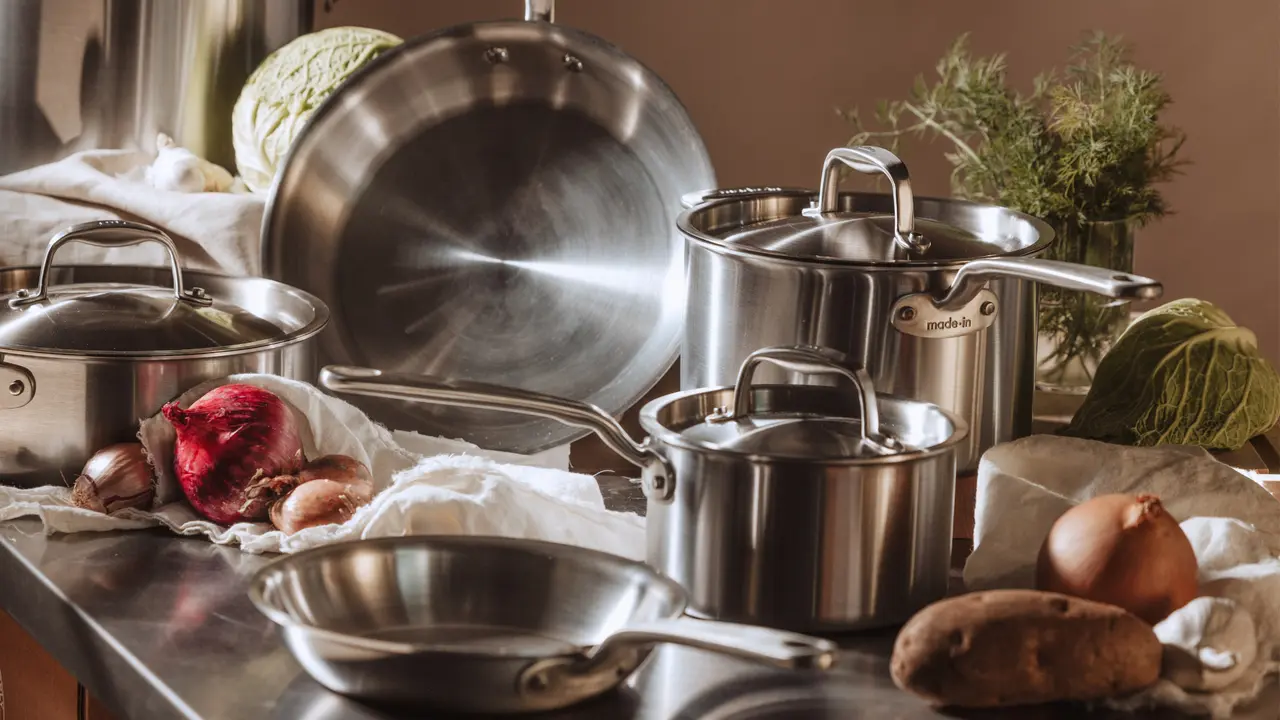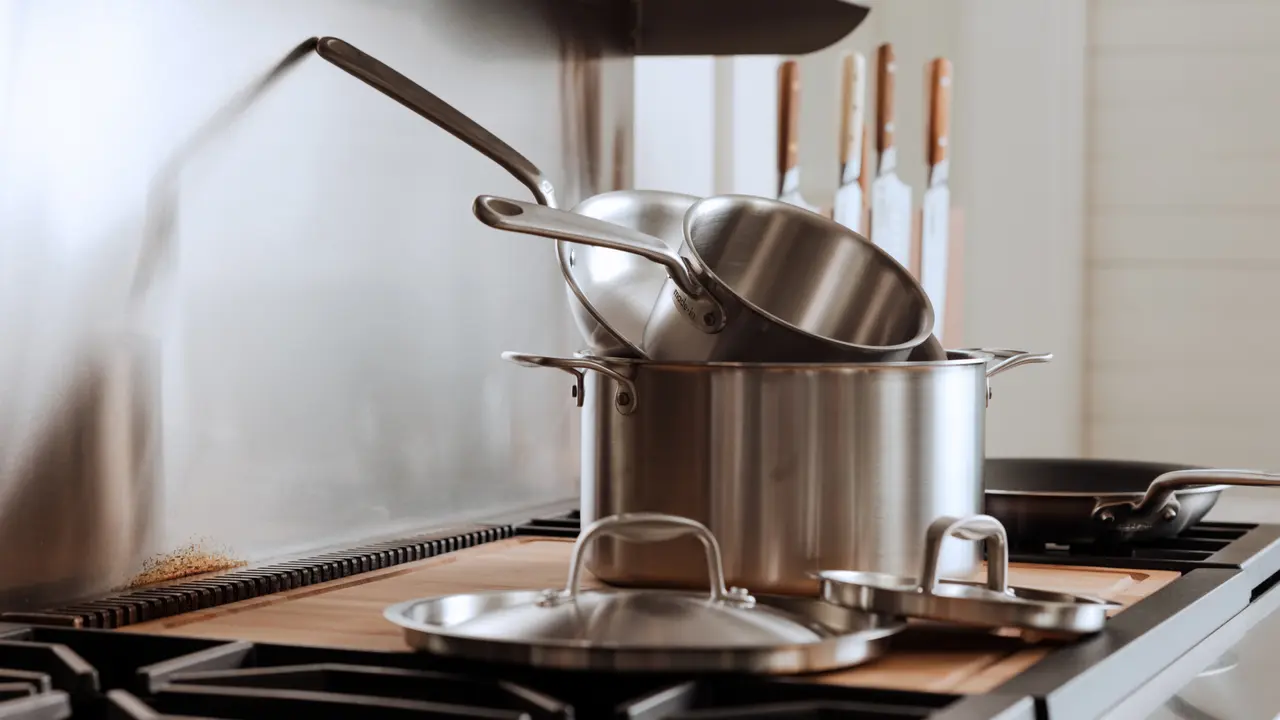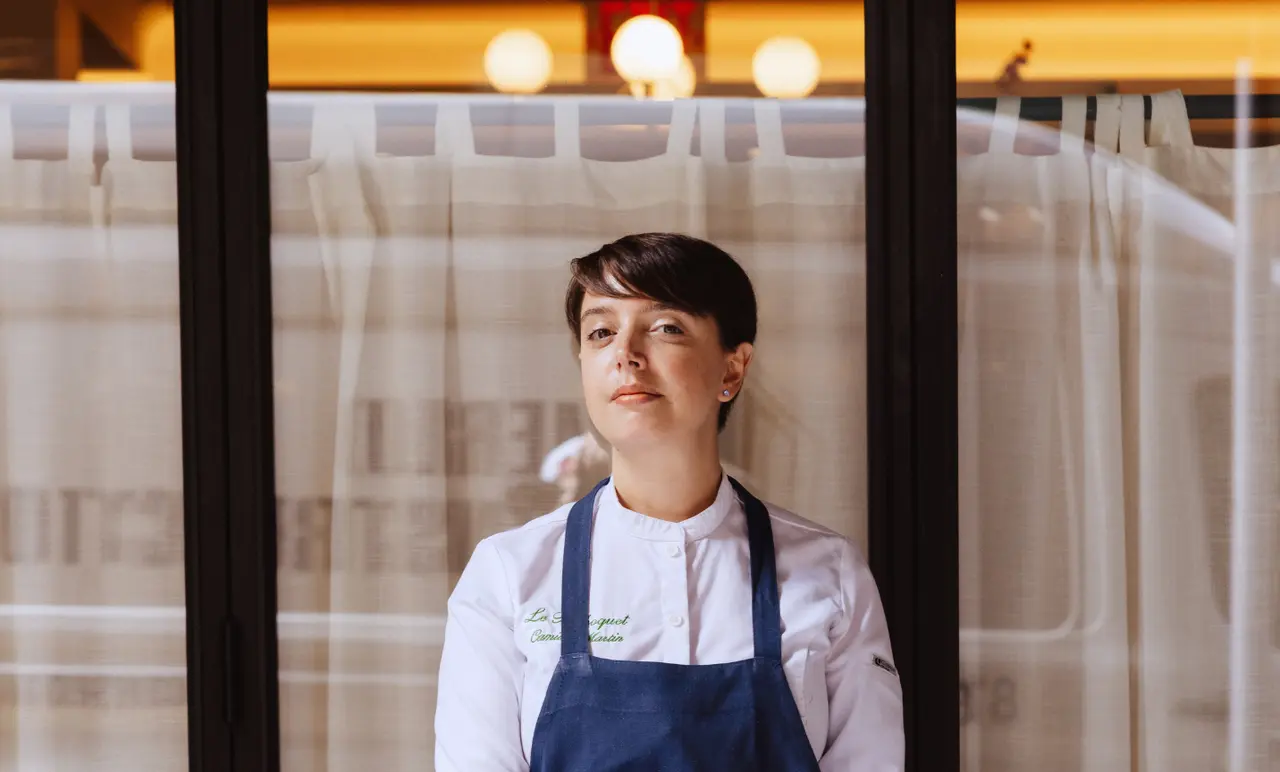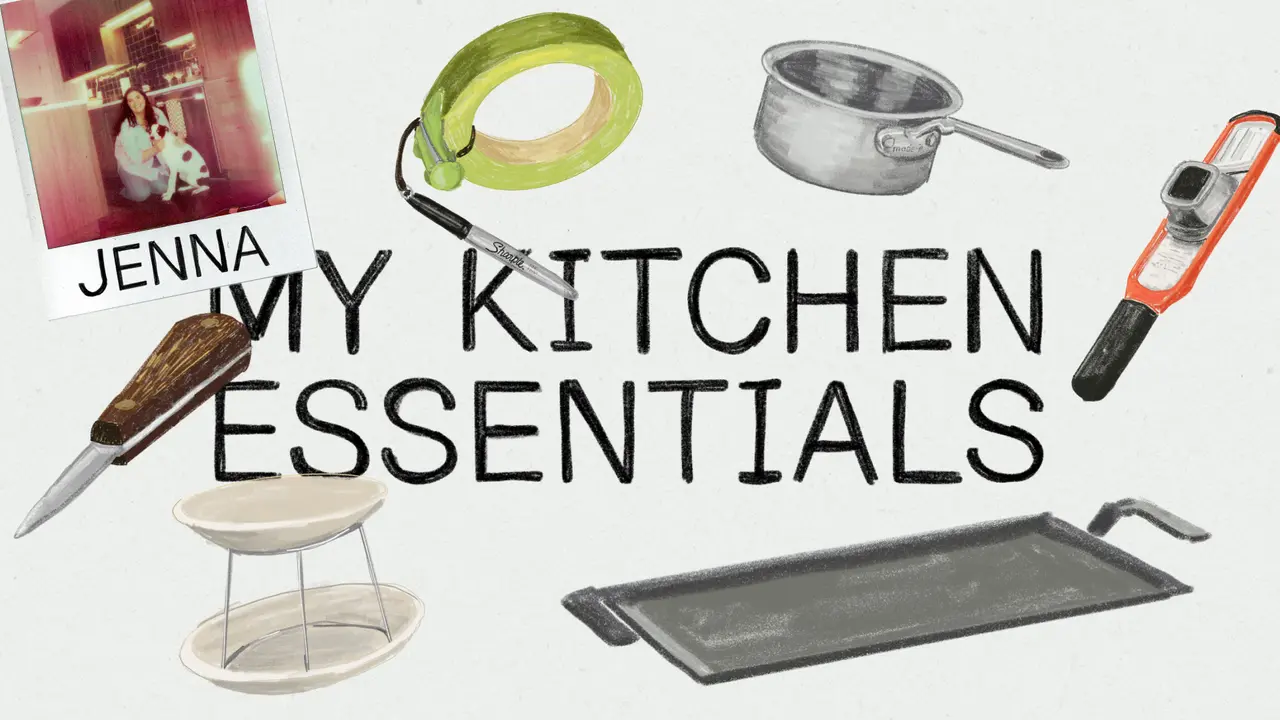Christopher Concannon is a true native Austinite who has been making magic in the kitchen of one of the oldest and well-established French restaurants in Austin, Chez Nous, since 1999.
Over the years of being immersed in French cuisine, language, and culture, Christopher has become an expert on all things French.
We had the chance to sit down with him and learn about his French-food background, tips and tricks on French cooking, and his take on our newest product, the chef knife.
Tell us a bit about your background and how you got into French cuisine?
I grew up in Austin and mostly just played soccer, studied and worked so I could save money to travel to soccer camps and tournaments. My first job was as a busboy at Baby Acapulco on Barton Springs Road. I left Austin to go to college where I got a degree in Literature and continued to work in different restaurants…I had gotten the bug. After college I came back to Austin and considered going to culinary school. In the meantime, I applied at Chez Nous because I had studied a lot of French in school, and France had just won the World Cup so I guess France was trending for me!I got the job at Chez Nous and once I started I knew I could learn what I wanted here so I decided against culinary school. After that, it was just pouring myself into learning everything I could from the chef before me, Eric Pelegrin. The owners of Chez Nous, Pascal and Sybil have a ton of great old French regional cookbooks, so I was able to practice my French and learn new recipes at the same time.
When did you know you wanted to be a chef?
There used to be a place called Mezzaluna in Austin that served sea bass I’ll never forget. I had worked in food service since I was 14, but after trying that fish I knew I wanted to be able to cook like that.
What's life like now? Run us through a day in your kitchen.
The day crew gets in and sets up, receives orders and starts the preparation for the day. Many of our dishes involve components that take several hours, and some even several days, so the process is sort of never-ending. We have lunch service which caters to mostly people that work downtown and are looking for something a little different than the usual lunch fare. After lunch, it’s back to prep and reorganizing ourselves for dinner service. In the afternoon the P.M. crew shows up and coordinates with the day crew to continue whatever it is we’re working on. I will consult with my sous chef about the menu and any specials we’re working on and get those things set in motion.Before dinner service, we sit down as a family and have a meal together. Then it’s time for the show to begin! Hopefully we’ll get a good pop to really get the kitchen moving and in our zone. Our kitchen is pretty quiet compared to some since we have worked together for some time and there’s a lot of nonverbal communication going on. Definitely not a lot of shouting or drama, we’re not that kind of place. Finally, after the last customers are served, we start breaking down, cleaning the kitchen and getting our plan ready for the next day when we come in and do it all again!
With years of French cooking under your belt, what's your go-to French dish?
Duck confit is a great quintessential French dish that everyone likes that most people haven’t had, but it is not something you’re going to make every day. For something simple and quick, I would say Poisson Meuniere using whichever kind of fish looks the best. Season it, dust it in flour, sauté and make a sauce with browned butter and lemon juice in the same pan.
What's your go-to tool? A tool all home chefs should have?
Like all cooks, my knives are probably the most important because that is how you interact with the ingredients.
What do you like about Made In’s Chef Knife?
It has attractive, modern, minimalist styling that lends itself to being easy to handle. The blade profile is really well suited to rocking back and forth. It’s got a great edge out of the box.
We know that you have an extensive knife collection. How did your passion for French knives spark?
An old chef of mine had a vintage carbon steel knife and I fell in love with the sharpness, how easy it was to sharpen, and the soul of pure carbon steel knives. Fun fact: the old Sabatier knives were the best and even influenced the Western style Japanese knives.
Do you have any knife techniques or etiquette tips?
- Use a sharp knife to achieve better cuts. Sharp knives will slice through your product easier giving you cleaner lines without damaging the product. They are also safer since you don’t have to use as much force.
- Keep your work area clean and organized and make sure to have a waste bin nearby to dispose of trim easily.
- Use the correct grip on the product, forming your non-cutting hand into a claw with your fingers tucked in.
- Whenever possible, score your vegetables before cutting all the way through. For example, with an onion, after you have cut it in half and peeled it, make a number of parallel vertical cuts that go toward the root end but stop short of going all the way through the root. Then you can turn the onion 90° and make your cuts that will produce a dice. The root holds the onion together, making the process easier.
- Let the blade do the work by slicing rather than trying to push the knife down through your product with force.
What’s your best piece of advice for a novice chef or baker?
- Always consider the context in which the food will be eaten.
- Remember carryover cooking (food retains heat and continues to cook even after being removed from the source of heat).
- Seasoning will be different depending on if something is going to be eaten hot or chilled. Sauces act differently depending on their temperature so factor that in.
- Sometimes less is more.
Thanks, Christopher!
For more fun at Chez Nous, check out Christopher's fricassée d'escargots recipe!





















